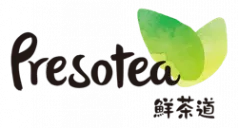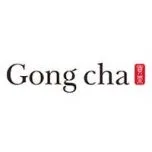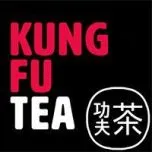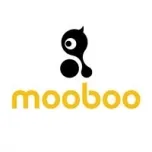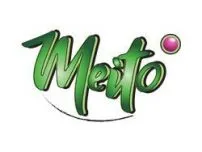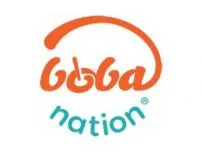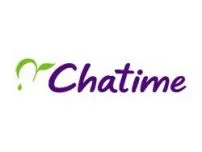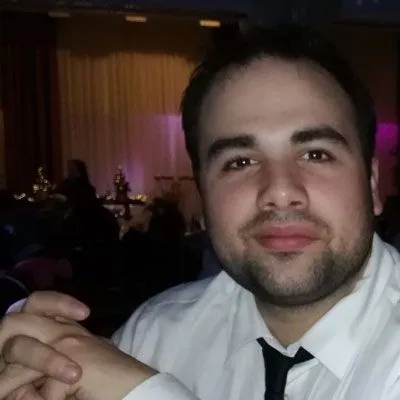Summary
The global bubble tea market in 2025 is sitting roughly in the $2.7–4.0B corridor, depending on what you count, and is growing 8–10% a year. North America alone is about $1.07B in 2025 and doubling over the next decade. Europe is smaller but already $650–700M. GCC is still niche — $20–190M depending on the study — but grows fastest. Rent, power and delivery fees are local, so each country must be modeled.
Bubble tea is no longer a niche Asian drink. By 2025 multiple analysts put the global market between $2.7B and $4.0B and all of them agree on one thing: CAGR is high — mostly 8–10% through 2030. North America on its own is projected at ≈$1.08B in 2025 with 9–10% growth, Europe at ≈$670M in 2025 with 8%+, GCC at $20–190M depending on whether you count only cafés or RTD. Asia-Pacific still dominates, but the white space now is U.S. suburbs, secondary European cities and Gulf malls.
What makes bubble tea franchising-friendly is the kit: tea base, flavoring, milk/alt-milk, toppings (tapioca, popping, jellies), shaker/sealer, fridge, POS. What makes it hard is that you pay local rent and local electricity to run cold equipment all day, and you live on a $6–10 ticket, so everything around must be tight.
Regional cost picture
United States. Recent retail data still has neighborhood space around $24–25/sf/year, but lifestyle, college and tourist locations are 2–3× that. Barista-type staff are around $14–16/hr, more in CA/WA/NY. Commercial power in cheap states is 9–12¢/kWh, in expensive states 20–30+¢/kWh — matters because fridges, sealing machines and A/C run long hours.
Canada. Prime mall/downtown spots in Toronto or Vancouver often end up higher than the U.S. baseline once you convert. Wages are similar to U.S. foodservice, utilities are predictable, import of equipment adds a bit to capex.
Europe / UK. The market is smaller (≈$650–700M in 2025) but growing. High streets can be several times a U.S. suburban rent; labor is more regulated; delivery takes the same 15–30%; so most European boba shops add patisserie, Asian snacks or coffee to push the check.
GCC. Market is tiny in cash terms (from ≈$21M in 2024 to $190M+ in 2025 depending on methodology) but CAGR is the highest — 9–20%. Mall and waterfront rents are premium, plus service charge and fit-out. Staff looks cheaper, but housing/visa/transport bring the monthly bill back up.
Investment and fees
| Format / Model | Initial investment (range) | Franchise fee | Ongoing fees |
|---|---|---|---|
| Small kiosk / cart (mall / transit) | $70,000 – $180,000 | $10,000 – $25,000 | 4–6% / 0–2% |
| Inline bubble tea shop (500–900 sq ft) | $160,000 – $380,000 | $15,000 – $35,000 | 4–6% / 1–3% |
| Flagship / dessert + boba café | $250,000 – $550,000 | $25,000 – $45,000 | 4–6% / 2–4% |
| Delivery-first / shared kitchen | $60,000 – $150,000 | $10,000 – $25,000 | 4–6% / 0–2% |
These ranges assume normal fit-out, plumbing for sinks, cold equipment, sealing/shaking machines, POS with order-ahead, signage, opening stock (teas, syrups, tapioca, toppings, cups) and working capital. Prime EU/GCC sites and designer fit-outs go to the upper band.
Startup and operating costs
Startup: leasehold, extra electrical for fridges/sealers, small prep area, POS/loyalty, branding, first stock of bases/toppings, staff training.
Ongoing:
- royalties and brand marketing;
- labor (1–3 people per shift);
- ingredients (tea, milk/alt-milk, syrups, toppings — toppings alone were valued at ≈$2.5B globally in 2025);
- rent/CAM/insurance/service charge;
- utilities (long hours + cooling);
- delivery/app commissions 15–30%.
Because the drink is low-ticket, the unit lives on add-ons (toppings $0.50–1.00), upsized cups, snacks and desserts, and — in cold climates — hot milk tea/chocolate to smooth winter.
Formats and site logic
- Kiosk/cart for malls, metros, campuses — fast to open, tight storage.
- Inline shop for steady street/mixed-use traffic — gives space for toppings, merch, pickup shelf.
- Dessert + boba café for Europe/GCC where rent is high and you must sell all day.
- Delivery-first for expensive city centers — but only if the brand has packaging to protect pearls.
Operator profile
Franchisors want owners who can: finish the build-out at local prices, hire young/front-of-house staff, keep batch-cooking pearls on schedule, and follow hygiene/temperature rules. For international operators the checklist is short but non-negotiable: real rent, real kWh, real delivery fees, and local import cost on cups/toppings — those four decide whether the boba shop makes money.

